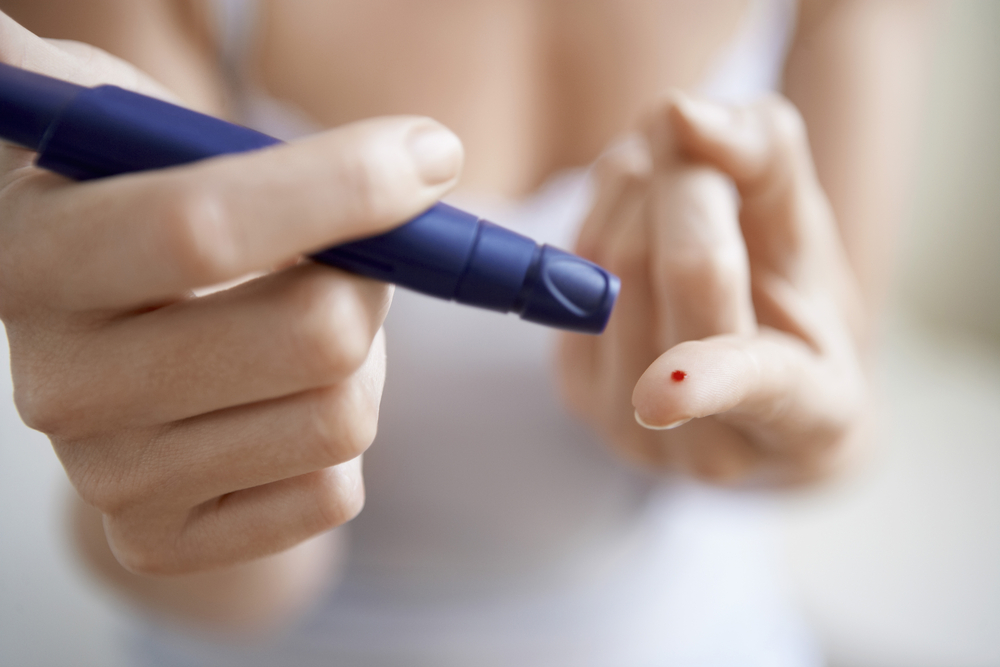In a new study entitled “Inhibition of the glucose transporter SGLT2 with dapagliflozin in pancreatic alpha cells triggers glucagon secretion,” researchers report a new mechanism by which inhibiting a glucose transporter, SGLT2, actually promotes glucagon secretion by the pancreas of type II diabetes individuals. The study was published in the journal Nature Medicine.
Type 2 diabetes, the most common form of diabetes, is characterized by high blood glucose levels (hyperglycemia) due either to the body’s inability to produce enough insulin or its resistance to the effects of insulin. However, a key player to the physiopathology of diabetes is another hormone, glucagon. Secreted by pancreatic alpha cells that compose the islets of Langerhans in the pancreas when glucose levels in the blood are too low (as in the case of fasting), glucagon is released to instruct the liver into converting the stored glycogen into glucose. The latter is then released to the bloodstream, increasing the concentration of glucose. The increased endogenous glucose production (EGP) is one of the main causes of fasting hyperglycemia in Type 2 diabetes.
Here, researchers at the European Genomic Institute for Diabetes in Lille, France sought to determine if in Type 2 diabetes the increase in glucagon levels is related to the expression of sodium-glucose co-transporter 2 (SGLT2). This transporter was previously shown to promote glucose reabsorption in the kidneys. The team led by François Pattou at the European Genomic Institute for Diabetes discovered that SGLT2 is also expressed in the glucagon-secreting alpha cells in the pancreas. Notably, the islets of Langerhans of Type 2 diabetes individuals expressed lower levels of SGLT2, while the expression of glucagon genes (GCG) was increased when compared to islet from non-diabetic, healthy individuals.
Gliflozins, a new class of antidiabetic drugs that specifically inhibit SGLT2, such as dapagliflozin, were previously shown to induce glucagon levels in patients using these drugs, but the mechanism responsible for this phenotype was unknown. The researchers now show that these drugs target SGLT2 transporter in the kidney, decreasing glucose reabsorption and promoting its elimination in urine. The glucagon secretion is an immediate counteracting response to the hypoglycemia induce by the treatment. As a result, the team highlights that the new mechanism supports the rationale of using additional drugs in combination with gliflozins to limit glucagon over secretion triggered by SGLT2 inhibition.


